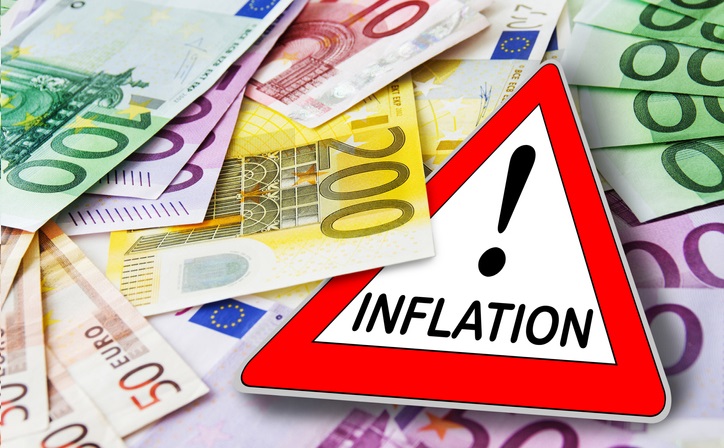As mentioned through the week, it’s tough to gather much conviction on risk trades at this point as any reasoning will also have to factor in the end of month/quarter flows into the equation.
Looking ahead euro area inflation is the big data to watch and a stickier core inflation figure is going to keep the ECB vindicated in pursuing tighter policy.
At a glance. Inflation should continue to fall during 2023, driven by declines in energy and food inflation. As cost pressures fade and the ECB’s monetary policy measures gradually take effect, inflation should decline from 5.4% this year to 3.0% in 2024 and to 2.2% in 2025.
Eurostat was expected to report that the rate of increase in the cost of living in the euro area edged up from 5.3% over the year in May to 5.4% in June.
The estimate for headline annual inflation is to fall to 6.7% from 6.9% in May, but core annual inflation is estimated to tick higher to 5.5% from 5.3% last month.
For the first time since inflation surged, disinflation occurred in every major component in May, helping HICP ease from 7% to 6.1%. A number of major banks also have their own opinions.
Deutsche Bank note that “For the euro area flash June HICP, we expect it to come in at 5.8% YoY. We expect the monthly pace of food inflation to slow down towards 0.2% MoM, while energy inflation may pick up a little at 1% MoM. We expect euro area June flash core HICP at 5.7% YoY.”
TDS state that “While momentum in EZ and German core inflation likely remained strong in June, base effects from last year’s 9-euro ticket will likely overstate the strength in the YoY rates.”
The bank also adds that “Energy should not have much of an impact on the German print, but base effects will likely weigh heavily on EZ headline HICP.”




